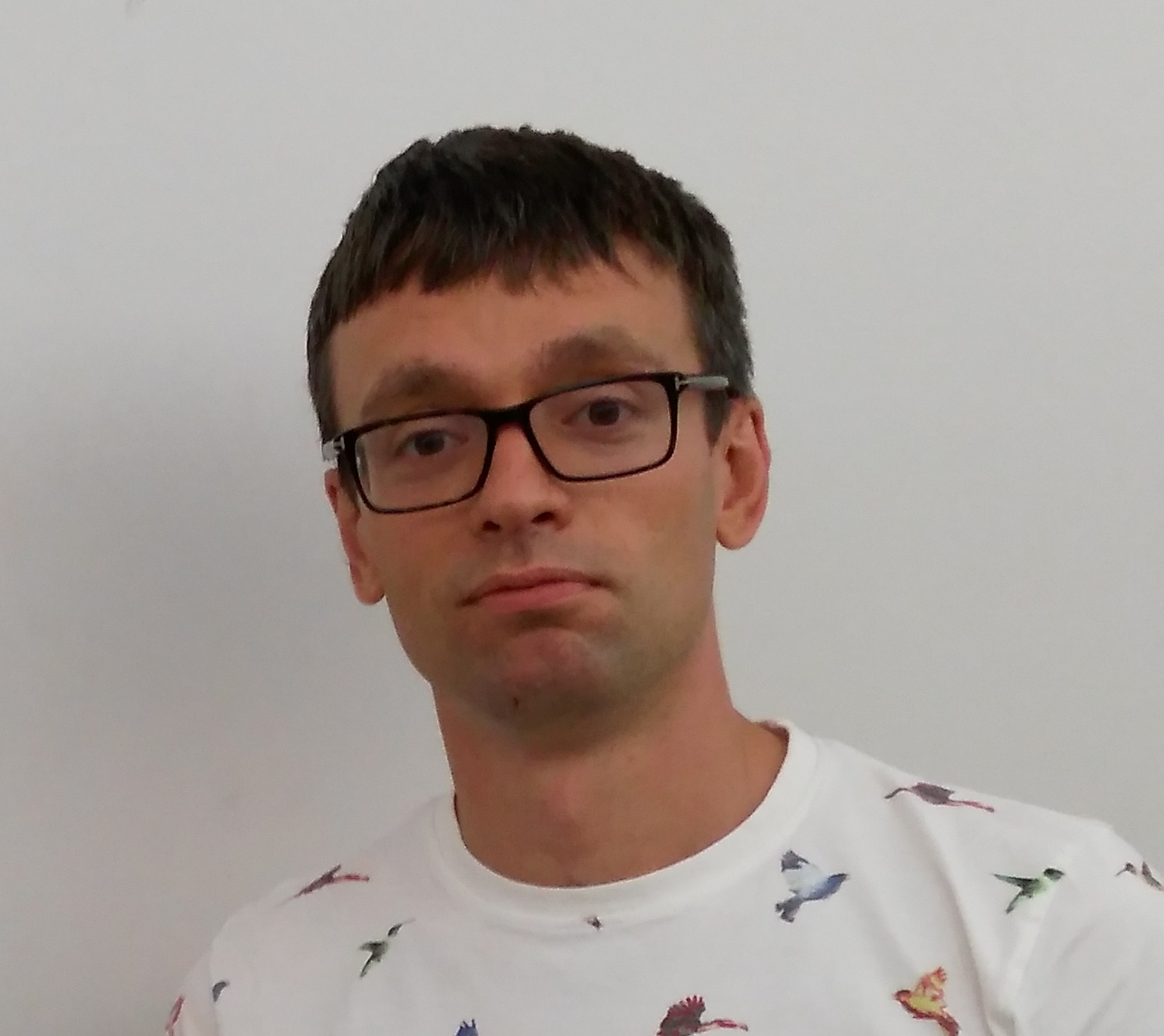
Dmitry Petrov
PhD candidate
University of Massachusetts, Amherst

Bio | Research | Projects
I am looking for a Research Scientist/Engineer position specializing in 3D computer vision, geometry processing and generative 3D AI. I am currently based in the UK and open to positions here, as well as remote opportunities or roles in the US/EMEA.
I am currently a PhD candidate at College of Information and Computer Sciences, UMass Amherst. I work with Prof. Evangelos Kalogerakis on geometric deep learning. I am interested in generation of 3D shapes and images that allows for fine-grained control of geometry of generated objects and continuous control of semantic attributes of the images beyond regular prompt engineering. I am also working on coordinated feature representation for limited 3D data. My prior research interests include computational neuroscience: automated quality checking of subcortical brain segmentation and connectomics. Prior to my PhD studies I got Master's degree in Data Science under supervision of Prof. Leonid Zhukov and Bachelor's degree in Mathematics under supervision of Prof. Alexander Kolesnikov at Higher School of Economics (HSE).
Research
Controllable 3D shape reconstruction and generation via neural implicit functions
In recent years, a variety of approaches have developed deep neural network-based architectures for 3D shape reconstruction and synthesis with wide-ranging applications to computer-aided design, fabrication, architecture, art, and entertainment. While these methods can capture diverse macro-level appearances, they rarely model shape structure or topology explicitly, relying instead on the representational power of the network to generate plausible-looking shapes. In my work, I introduce realistic 3D shape reconstruction and generation methods that accurately models complex topological and geometrical details, and support interpretable control of shape structure and geometry.
Coordinated feature representations of 3D shapes
Learning 3D shape representations is challenging because amount of data is still limited compared to the data in 2D domain (even though there are some recent advances in this area like Objaverse). Our research in this area tries to propagate features in small shape collections to produce better featurs that lead to better performance on downstream tasks. Our recent work establishes state-of-the-art for part semantic segmentation using these ideas.
Subcortical brain segmentation quality checking
Quality checking (QC) of brain segementation is a very labor-intensive task which requires tens and hundreds of hours even for medium-sized datasets. We published a proof of concept paper about machine learning approach to this problem and currently working on a deep learning QC tool.
Evaluation of structural connectome building pipelines
There is no consensus on how to construct structural brain networks from diffusion MRI. How variations in pre-processing steps affect network reliability and its ability to distinguish subjects remains opaque. We addressed this issue by comparing 35 structural connectome-building pipelines and showed that proposed by us pairwise classification accuracy (PACC) may serve as a quality metric of pipeline in addition to commonly used Intraclass Correlation Coefficient (ICC).
Machine learning on brain networks
Network representation of brain structures is a popular topic in neuroscience research. Characteristics of such are expected to provide insights into associations between brain structure and particular phenotypes. We developed several approaches for machine learning on such networks based either on network meeasures or graph kernels. This type of research, while interesting from mathematical point of view, suffers greatly from small samples and lack of consensus how to build brain networks from neuroimaging data (see project above).
Master's thesis
Projects
Reskit
We developed reskit to simplify creating and curating reproducible pipelines for scientific and industrial machine learning. The natural extension of the scikit-learn pipelines to general classes of pipelines, Reskit allows for the efficient and transparent optimization of each pipeline step. Main features include data caching, compatibility with most of the scikit-learn objects, optimization constraints (e.g. forbidden combinations), and table generation for quality metrics. After the release of sklearn 0.19 reskit requires significant refactoring due to intersection of functionality.
Brain Imaging Data Structure contributions
In my opinion, development of the common data structure for brain imaging data is crucial for advancement of the neuroscience. That's why I am contributing to development of Brain Imaging Data Structure (BIDS). As of now I have two contrubutions
Acknowledgments: For this website I used the awesome minimalistic template of Anton Osokin's personal website.
GitHub
Twitter
Linkedin